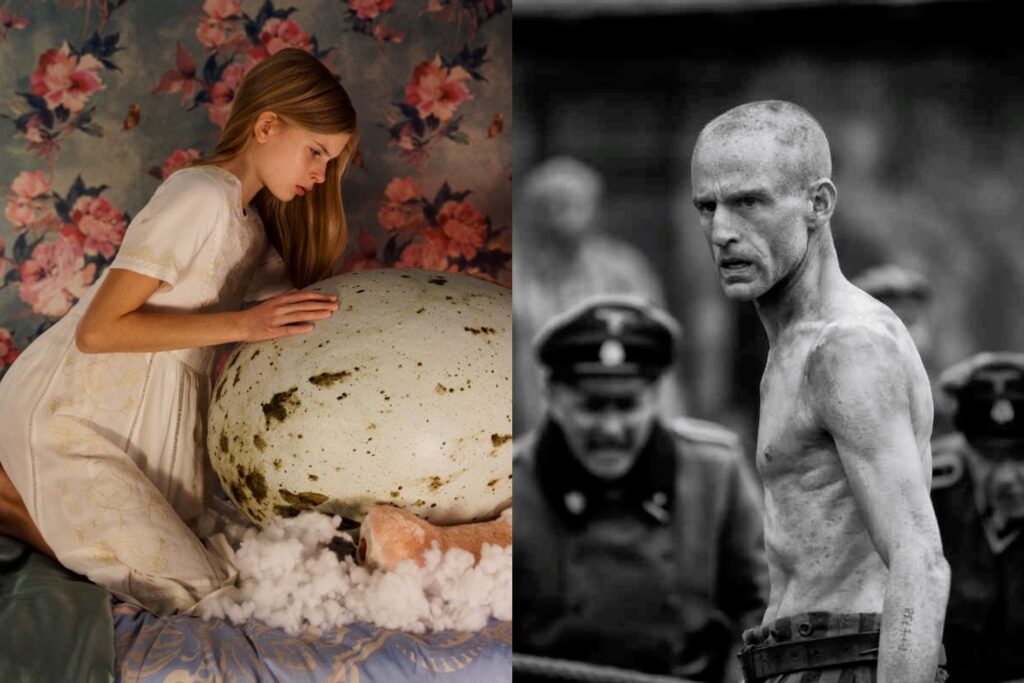
Genre is a limiting concept. Movies are too complicated, too messy, to be reduced to single-word classifications. It’s a comedy. What if it’s scary? It’s a drama. What if it’s funny? It’s a Western. What if it doesn’t have any guns? These reductive descriptors attempt to package complex pieces of art into tidy little boxes, deceiving viewers into believing that movies can only be one thing, rather than many things at once.
Still, the conceptual construction of genre makes sense, and not just as a matter of commercial advertising. It also functions as a conversational shorthand, a convenient way of identifying a film’s scale and tone. (This website, I should note, routinely affixes genre tags to its reviews, the better to group like-minded pictures together.) Describing a movie as a comedy or a thriller conveys an established set of expectations—suggesting that you’re likely to laugh, shudder, or squirm—which it’s then naturally judged against. But what happens when movies actively resist the genre territory that they appear to be occupying? I’m not talking about gearshift features, like Something Wild or Parasite, which intentionally fake out viewers by swerving from one mode of storytelling to another. I’m talking about movies that seem uncomfortable within their own skin, and that struggle to satisfy those preconceived expectations because their interests appear to lie elsewhere.
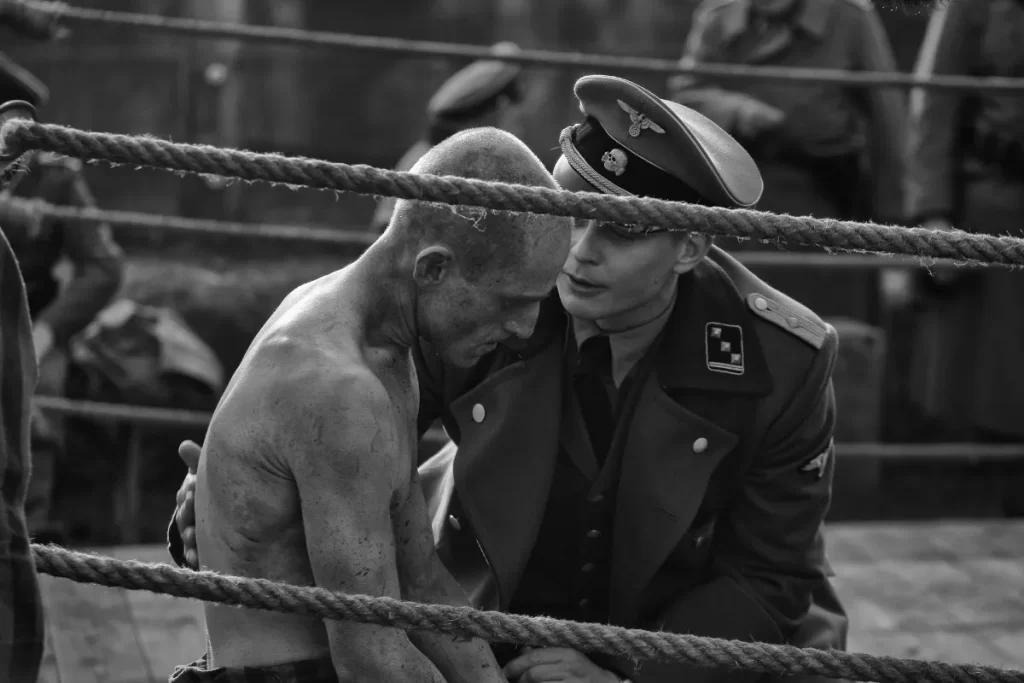
The Survivor, Barry Levinson’s first feature in seven years, combines two familiar subgenres: the Holocaust melodrama and the boxing picture. Its title refers to Harry Haft, the Jewish pugilist who endured Auschwitz and then briefly enjoyed a moderately successful sporting career in America. Working from a screenplay by Justine Juel Gillmer (which she based on a book by Haft’s son, Alan), Levinson attempts to fuse these tonally and spiritually disparate stories—grueling concentration-camp brutality, prosaic underdog persistence—into a unified portrait of a defiant but troubled man.
It doesn’t really work. Levinson and Gillmer deploy a fractured chronology, an approach that makes sense because if the movie proceeded linearly, it would essentially climax 20 minutes in and then run on fumes for its remainder. The Auschwitz sequences—which feature Haft, played by a gamely committed (and scarily thin) Ben Foster, competing in life-or-death gladiatorial bouts for the Nazis’ amusement—possess a queasy, elemental power that the Stateside scenes can’t hope to match. This isn’t necessarily the fault of the material, but it does call into question why The Survivor spends inordinate time on Haft’s professional boxing exploits, in particular his ill-fated challenge to the ascending heavyweight champion Rocky Marciano. For much of its runtime, the film seems trapped in a prison of its own making, unfolding as a meager imitation of Rocky—complete with hokey training montages (hey, it’s Danny DeVito!) and sloppily choreographed fights—which doesn’t align with Levinson’s thematic concerns. And the purported narrative justification for this bizarre focus—Haft is desperate to gain nationwide attention in the hope that his long-lost love might read his name in the papers—can’t excuse its lackluster execution.
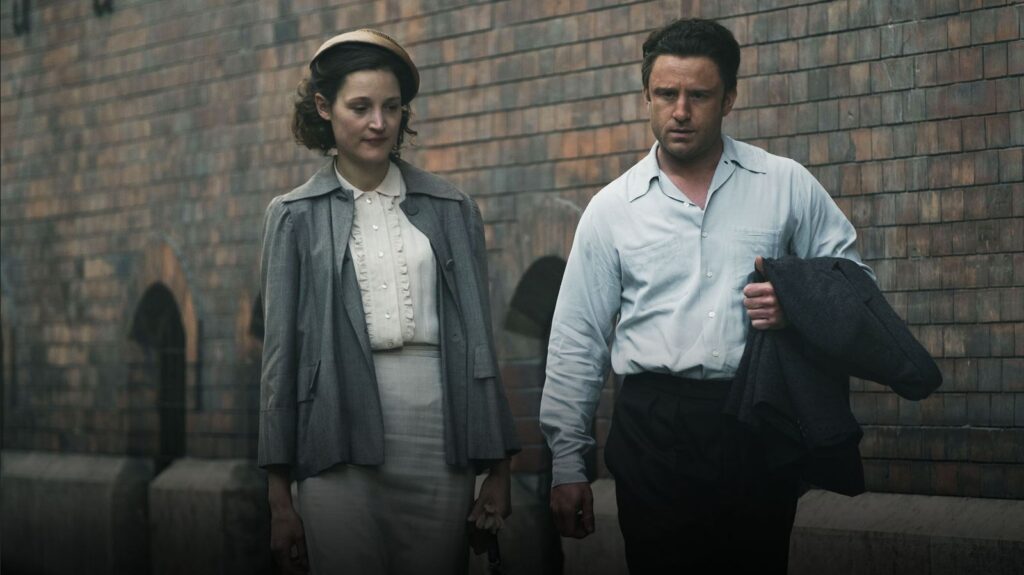
For the flashbacks, Levinson can be similarly lazy when it comes to manufacturing suspense—a late sequence chronicling Haft’s miraculous escape feels tacked on and is feebly dramatized—but this is more forgivable, because manufacturing suspense isn’t really his goal. He’s more invested in exploring the existential agony of Haft’s predicament—of the moral cost levied whenever he uses his vicious right cross to live another day. (Billy Magnussen is effectively loathsome as the opportunistic guard who cheerfully exploits Haft’s skills for economic gain.) A scene in which Haft and a fellow captive engage in an endless 30-round brawl, requiring the Nazis to swing their security spotlight around and illuminate their makeshift ring, efficiently articulates the bleak perversity of his struggle. The Survivor doesn’t try to compete with its predecessors (Schindler’s List, Son of Saul, what have you) in broadly depicting the unimaginable atrocities of the Holocaust, but its narrow scope lends it a certain integrity.
In its post-Auschwitz, post-Marciano third act, The Survivor shifts genres yet again, acquiring some resonance as a character study of brittle male ego. Haft’s strained marriage to Miriam (Vicky Krieps) becomes a crucible in which he must wrestle with his past and prevent it from crippling his future. The pieces here still don’t quite fit together—the script rushes through time a bit too quickly, and there’s yet another contrivance involving a photograph—but there’s a gravity to the material that feels right, thanks to the sincerity of Foster’s performance. The actor is gifted with a preternatural intensity that exists regardless of genre, allowing him to lift up inferior material rather than sinking down to wallow in it. The Survivor is an unconvincing boxing movie and a minor Holocaust picture, but as a portrayal of its hero’s wounded pride and haunting regret, it persists.
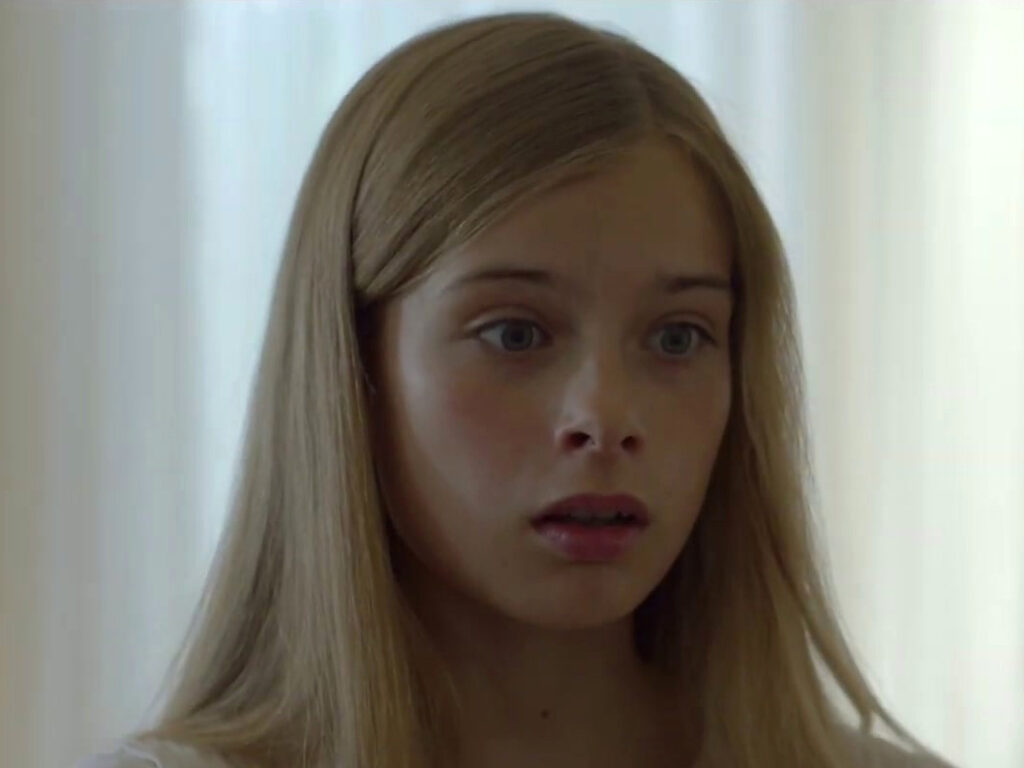
In strict genre terms, Hatching, the feature debut of Finnish director Hanna Bergholm, is more straightforward than The Survivor. It’s a horror movie, pure and simple. Well, maybe not that simple. Like many pictures of its ilk—Ginger Snaps comes most readily to mind, though there are also strains of Cronenberg and last year’s Titane—it wields standard horror tropes in the service of metaphor. It’s an astute and sensitive coming-of-age story that just happens to involve a homicidal bird.
Running a brisk 87 minutes, Hatching’s premise is uncomplicated. Twelve-year-old Tinja (Siiri Solalinna, making an impressive entrance) is a good girl, always striving to please her ineffectual father (Jani Volanen) and her upbeat but insistent mother (a terrifying Sophia Heikkilä). One sunny day, after a crow disturbs her family’s seemingly blissful life by crashing into their chandelier (Mother thwarts the invasion with a quick, unflinching twist of her wrist), Tinja wanders into the woods and discovers an abandoned egg. She secrets the vessel in her room—hollowing out her plush teddy bear, in case you missed the “loss of innocence” angle—where it grows to impossibly gigantic size before unleashing an enormous, helpless fledgling. Tinja resolves to discreetly nurture this creature, which initially looks like a reject from Jurassic Park’s aviary before it gradually morphs into… something else.
Scared yet? Don’t worry. As a horror movie—that is, as a progression of spooky moments and escalating tension—Hatching is undistinguished. Bergholm exhibits a keen grasp of pacing, but her fright tactics are tedious and stale. There are a lot of fakeouts and jump scares and shots of fretful characters brandishing knives, but the film achieves neither sustained dread nor cathartic terror. It’s a monster movie that isn’t quite monstrous enough.
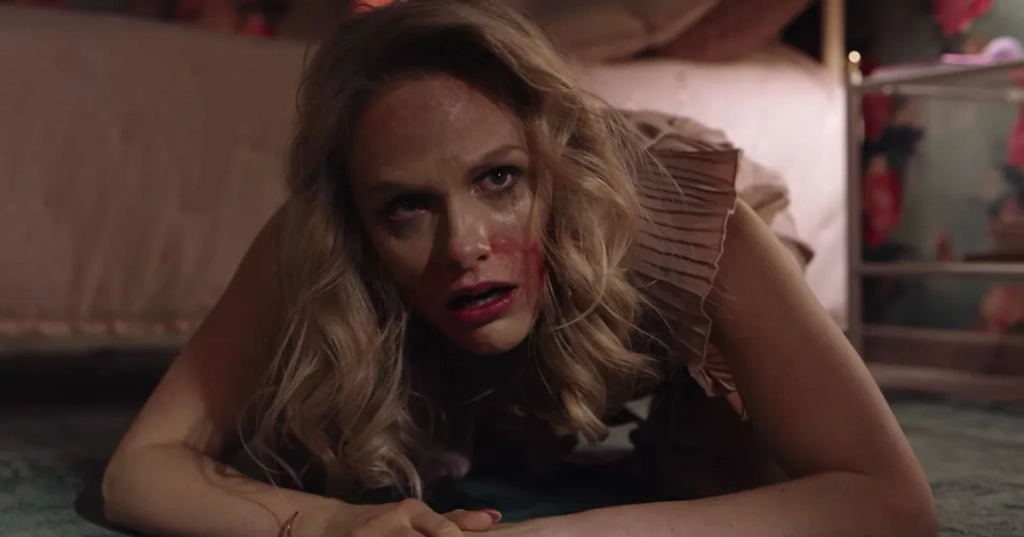
But the pleasure of Hatching—the sly trick that is far more enveloping than any of its traditional deceptions—is that it’s less about Tinja’s fraught relationship with her unsettling new pet than about her even more fraught relationship with her mother. Credited only as Mother, Heikkilä’s matriarch is the picture of maternal devotion, constantly encouraging Tinja in her gymnastics and posting videos to her popular vlog which showcases her family’s enviable success. She is also a stealthy but inflexible tyrant, imposing her ironclad will on her feckless husband (see that sexy handyman? I’m sure it’s nothing) and her anxious children. Hatching features its share of unnerving sights—the scene in which Tinja intentionally vomits birdseed is a brilliant amalgam of body horror and caretaking—but none is as chilling as Heikkilä’s insincerely plastered smile.
“I hatched it,” Tinja quavers during a critical late scene. And despite its flaws, Hatching is clearly the product of artistic creation. As a rich parable of mother-daughter conflict, it’s the rare horror movie that improves as it goes on, digging deeper into its characters’ emotions and motivations rather than simply victimizing them as scream queens or serving them up as fodder. Bergholm may have just made her first feature, but she’s already burst out of her shell.
The Survivor grade: B-
Hatching grade: B
Jeremy Beck is the editor-in-chief of MovieManifesto. He watches more movies and television than he probably should.
